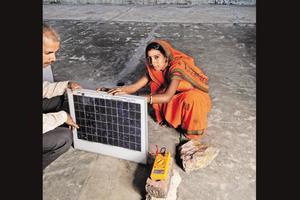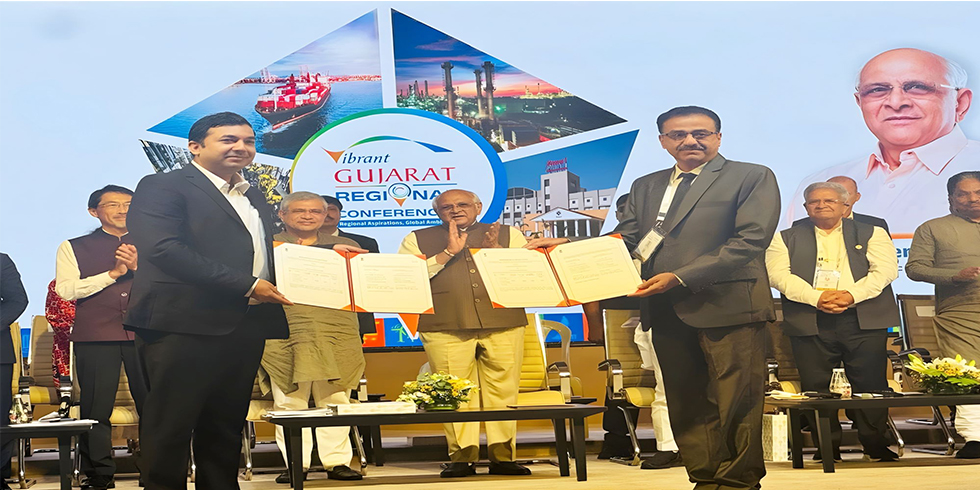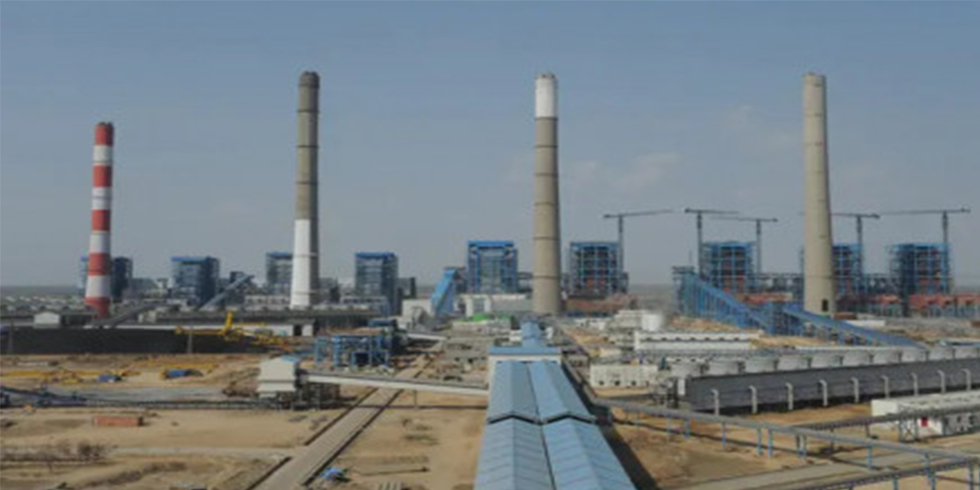While grid extension is the main driver of rural electrification in India today and almost all Indian villages are now electrified, the reality at the habitation and household level is very different. In Bihar and Uttar Pradesh, the electrification of rural households remains a daunting challenge for state governments.
Considering these facts and the falling costs of off-grid solar power, distributed alternatives to grid extension have drawn a lot of attention in India. Here, we report results from a randomized controlled trial (RCT) that we conducted recently in rural Uttar Pradesh, on the energy access and socioeconomic benefits of an off-grid solar power intervention (Aklin, Michaël, Patrick Bayer, S.P. Harish and Johannes Urpelainen, 2017), “Does basic energy access generate socioeconomic benefits? A field experiment with off-grid solar power in India”, Science Advances).
While the RCT did not find evidence of substantial social or economic benefits, we found that India’s kerosene subsidies likely hold back the expansion of off-grid solar markets and that there are many ways in which the benefits of off-grid solar power can be enhanced.
Experimenting with off-grid solar power in Uttar Pradesh
We randomly assigned 81 small rural habitations in Barabanki district into a treatment and control group. While no intervention was made in control habitations, households in treatment habitations were offered to subscribe to basic energy access from a small solar microgrid, operated by Mera Gao Power (MGP). In return for a monthly fee of Rs100, villagers in previously non-electrified communities could get two LED lights and a mobile phone charger that were powered from the battery-backed solar microgrid.
Households could get electricity at night, between sunset and around 11pm, and installation of a solar microgrid required a minimum demand of 10 households per habitation; a microgrid was installed in 21 habitations.
Over a period of one year, we surveyed 1,281 households three times: before treatment, half a year and one year after treatment. In each survey, we collected information on fuel expenditures, lighting hours, quality of lighting, and broader socioeconomic effects, such as household savings or spending, business creation, work time or use of lighting for study.
While we found no effects for these socioeconomic outcomes, the energy access effects were sizeable: electrification rates were up by a third and kerosene expenditures decreased by almost Rs50 per month—relative to an average total kerosene spending of Rs109 per month before the intervention. Importantly though, these reductions were only seen in the private market, while households continued to spend as much money as before on heavily subsidized kerosene from the public distribution system (PDS).
The problem with kerosene subsidies
In our experiment, even households that used solar lighting continued to purchase heavily subsidized kerosene as before. No wonder, then, that the overall adoption rate was only 14% among households in the treatment group.
We propose two policies to enhance the competitiveness of off-grid solar lighting and help rural India gain access to better, brighter lighting. The first is a solar voucher. Households could choose between a standard kerosene subsidy and a voucher that they can use to purchase solar products from a competitive market.
Under this model, the voucher would allow households to replace traditional kerosene lighting with off-grid solar power. The voucher could create competition among off-grid solar technologies, as it could be used to buy the households’ preferred products among many alternatives. Finally, the distribution of solar vouchers would boost demand for off-grid lighting solutions and thus unlock both learning by doing and economies of scale.
Alternatively, even a direct cash transfer would reduce the bias against off-grid solar products. If households would receive their kerosene subsidy in cash, perhaps through Aadhaar system, households would not be forced to buy kerosene to benefit from the policy.
Some households might continue buying kerosene, others would invest in solar lighting, and yet others would find completely different uses for their money. This policy would not directly expand demand for off-grid solar technologies, but it would still remove the artificial advantage that kerosene has, thanks to generous subsidies.
Enhancing the impact of off-grid solar power
Off-grid solar power did not produce socioeconomic benefits in our study, but there are several ways in which such benefits might be enhanced.
One is to install larger systems that produce more energy for the people. If households could use technologies such as fans or refrigerators, the opportunities for economic gain could multiply. The downside of larger systems is that they are more expensive for the consumers, and thus it is important to compare the potentially larger benefits against the potentially larger costs.
Another approach would emphasize complementary interventions. The lack of electricity is not the only obstacle to economic growth in rural India, and rural households without electricity access often have to grapple with other challenges as well, ranging from low-quality schools to limited access to credit for livelihood creation. Combining innovative off-grid solutions with other interventions could relax multiple constraints on growth at the same time, with potential for large returns.
For better off-grid lighting policy, it is important to continue experimentation and rigorous impact assessment based on randomization. Ending energy poverty is essential for sustainable human development in India and elsewhere, and success in this effort requires evidence-based policy and business models.











Add Comment